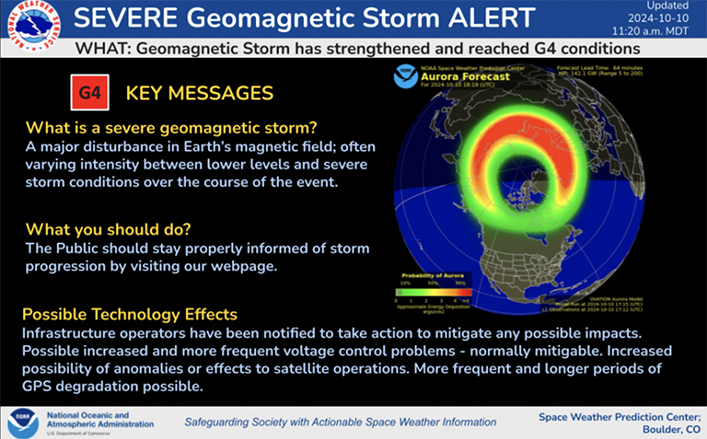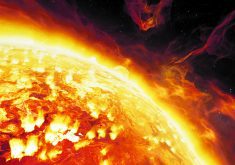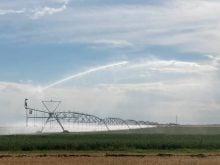It looks like a warm and beautiful autumn day southwest of Saskatoon, but beyond those puffy white clouds, an electromagnetic storm is raging that we cannot see.
Scientists with the National Oceanic and Atmospheric Administration’s (NOAA) Space Weather Prediction Centre (SWPC) in Boulder, Colorado, issued a warning Thursday after a coronal mass ejection (CME) hit the Earth around noon EDT.
CMEs and solar flares are explosions that occur on the sun, explains a NASA video on the subject. They can sometimes occur together, but they are not the same thing.
“Flares are giant burst of X-rays and energy, which travel at the speed of light in all directions,” the video said.
Read Also

Employers required to harvest harmony, cultivate respect
Employers, including those in the agricultural industry, must ensure a safe, healthy and respectful workplace for everyone.
“CMEs are giant clouds of particles hurled into space that can take one to three days to reach Earth.”
A solar flare last week caused only minor issues, even though it was rated the 15th most powerful recorded since 1996.
In a video briefing on Wednesday, Shawn Dahl, a space weather forecaster at the SWPC, said the CME coming our way has the potential to be severe and was travelling toward Earth at more than 2.5 million m.p.h.
Two satellites, named Ace and Discover, in orbit one million miles from Earth, are tasked with measuring these events and helping space weather officials by creating warnings and alerts, when necessary.
“We know the potential is there, but we can’t do a warning until we see the CME arrive at those spacecraft,” said Dahl.
“At that point it will be 15 to 30 minutes away based on our speed estimates.”

The alert issued by the SWPC near midday Thursday, after the CME had reached the satellites, rated the event as a “G4,” or “severe.” The alert will remain in effect into Friday.
“Storm conditions are anticipated to occur overnight as CME progression continues. Variations due to CME passage will result in periods of weakening and escalation in geomagnetic storm levels,” the SWPC said in an update issued late Thursday.
Matt Yanick, a precision ag expert based in Saskatchewan, didn’t mince words when talking about this most recent solar event.
“It’s pretty bad,” said Yanick, who put out a number of messages via social media Thursday afternoon to spread word of the issue.
“(This event) is a high G4 right now, potentially touching G5. It’s probably going to persist for at least the next 24 hours.”
Yanick says he’s heard of people running lower accuracy GPS signals, such as WAAS, who are experiencing shifts of up to 50 feet past the pass.
“This one and the one that happened earlier this spring are probably the worst two that I can remember,” said Yanick.
“We’re at the height of the solar storm cycle right now, so that’s why it seems like these are happening more often, so hopefully it will calm down in the next few years and we can go back to not having to worry about it.
“It’s been a long afternoon.”















